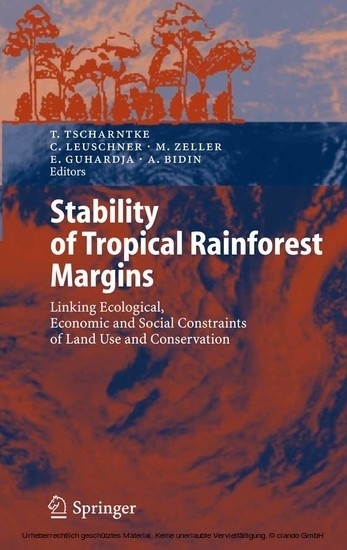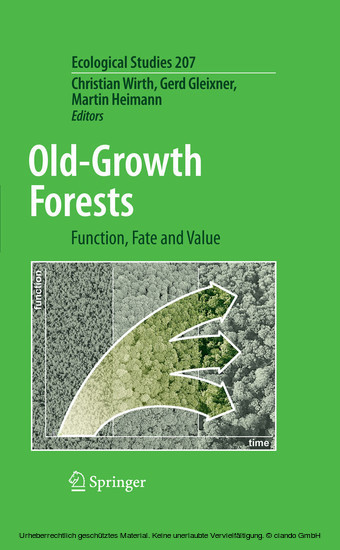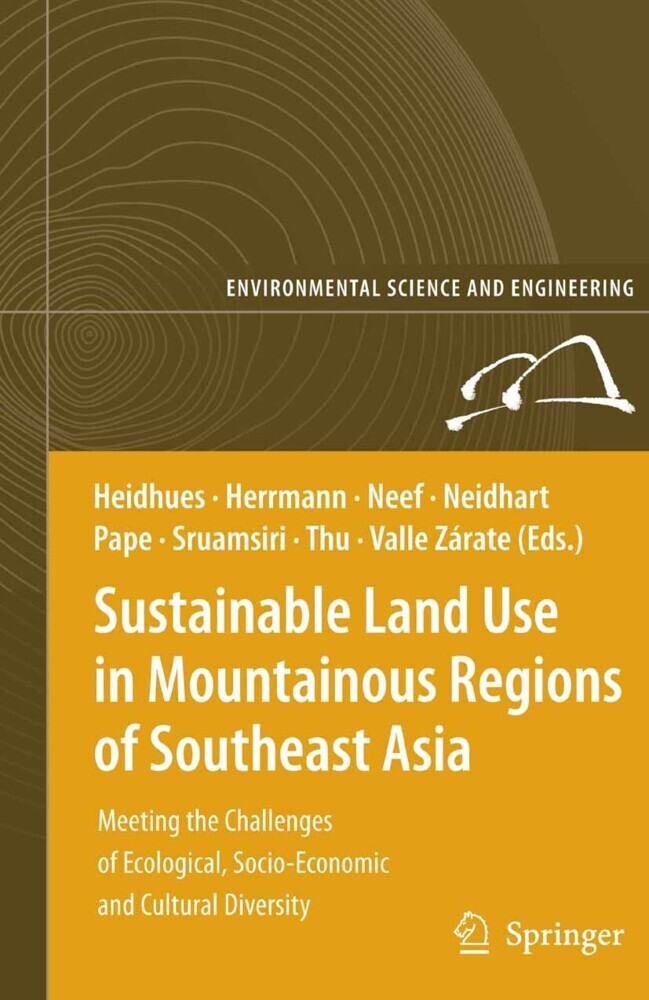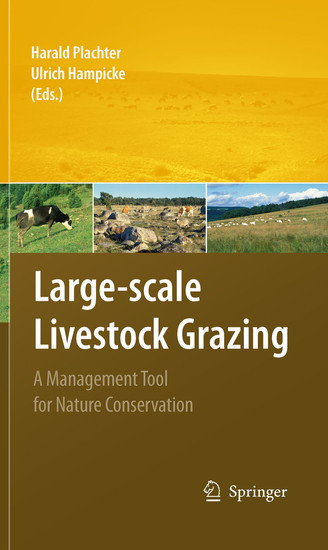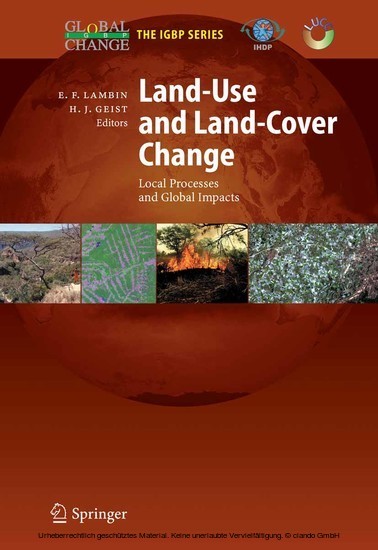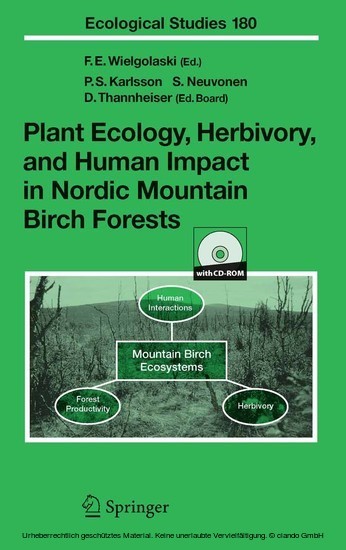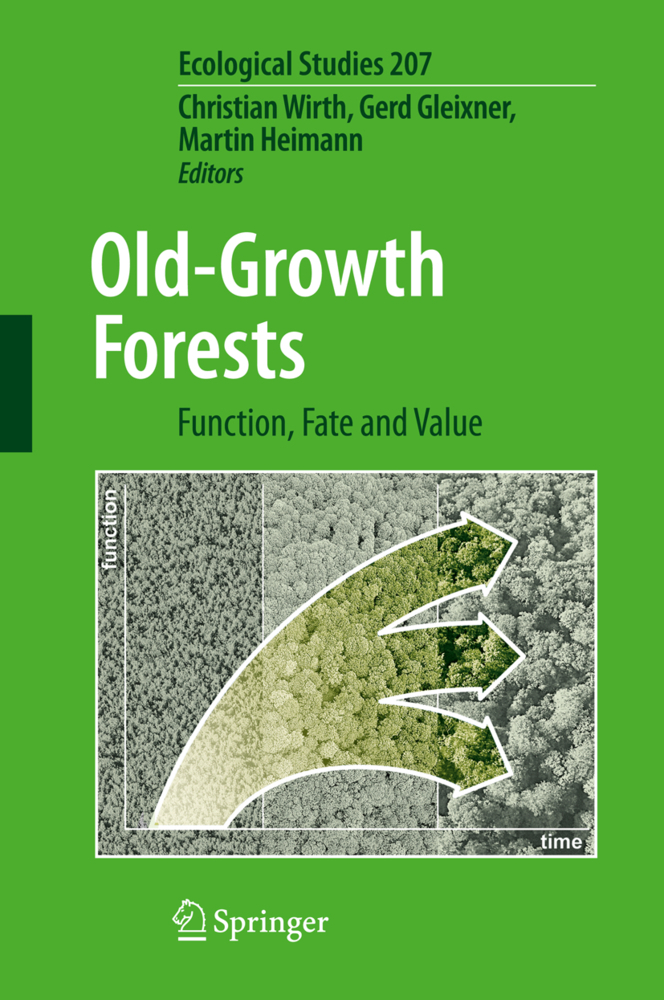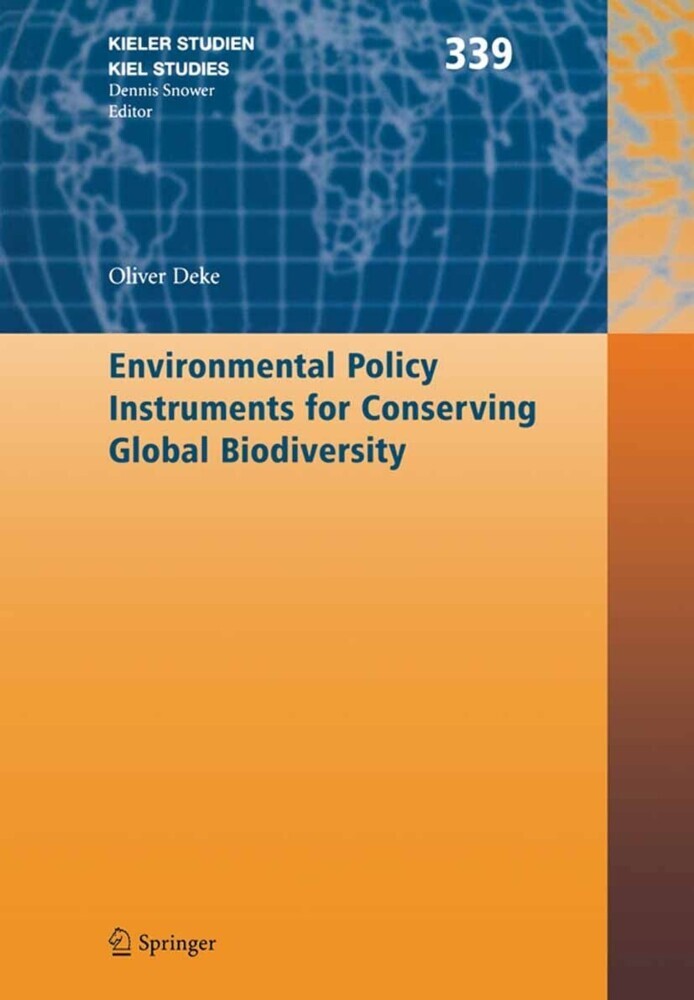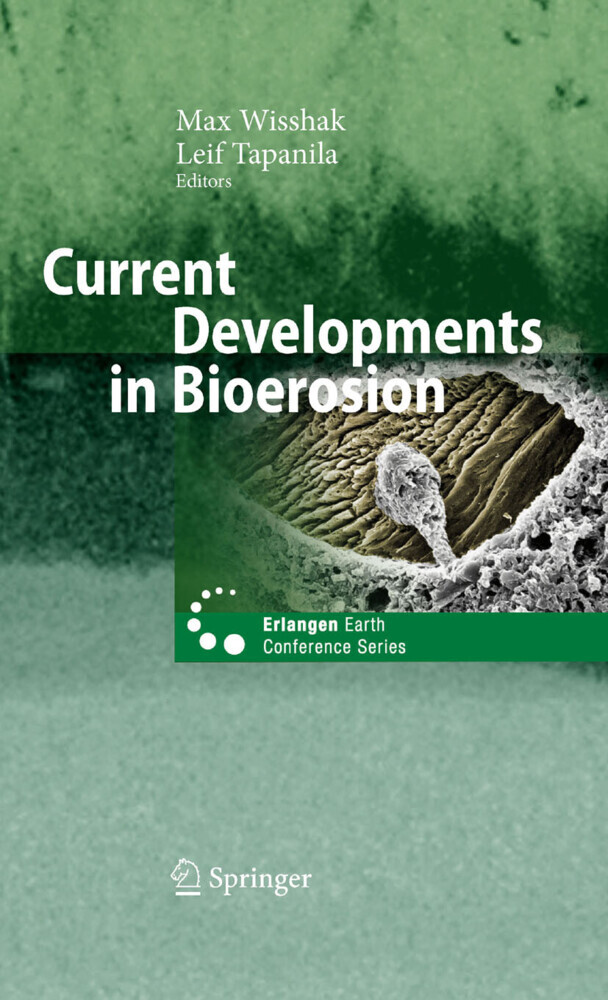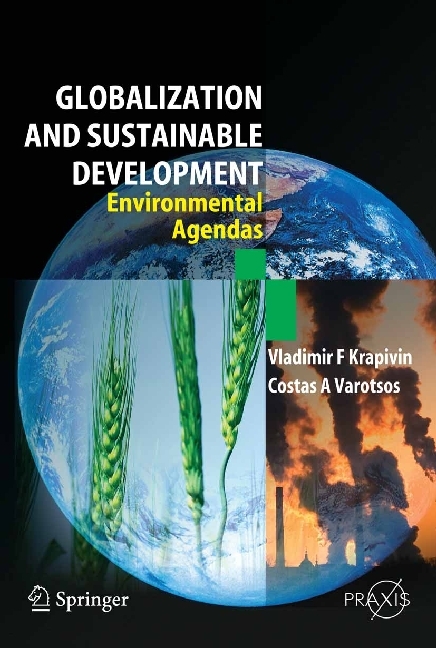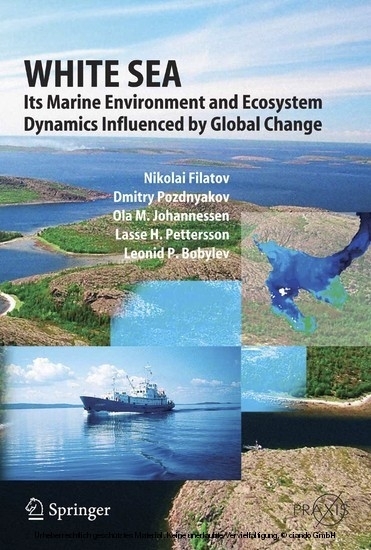Stability of Tropical Rainforest Margins
Linking Ecological, Economic and Social Constraints of Land Use and Conservation
Stability of Tropical Rainforest Margins
Linking Ecological, Economic and Social Constraints of Land Use and Conservation
Tropical rainforests are disappearing at an alarming rate, causing unprecedented losses in biodiversity and ecosystem services. This book contributes to an improved understanding of the processes that have destabilizing effects on ecological and socio-economic systems of tropical rain forest margins, as well as striving to integrate environmental, technological and socio-economic issues in their solution.
1;Contents;5 2;List of Contributors;8 3;The stability of tropical rainforest margins, linking ecological, economic and social constraints of land use and conservation - an introduction;15 3.1;Part 1: Ecological and socio-economic impacts of different forest use intensities;16 3.2;Part 2: Sustainable management of agroforestry systems;18 3.3;Part 3: Integrated concepts of land use in tropical forest margins;19 3.4;References;20 4;Ecosystem decay of Amazonian forest fragments: implications for conservation;23 4.1;Summary;23 4.2;1 Introduction;23 4.3;2 Extrinsic Factors Affecting Fragment Biotas;25 4.4;3 Ecological Changes in Fragmented Communities;34 4.5;4 Conclusions and Outlook;39 5;Moths at tropical forest margins - how mega- diverse insect assemblages respond to forest disturbance and recovery;50 5.1;Summary;50 5.2;1 Introduction;51 5.3;2 Moths at the margin of Mount Kinabalu National Park ( Sabah, North East Borneo);54 5.4;3 Moths at the margin of Podocarpus National Park ( Andes, southern Ecuador);57 5.5;4 Moth ensembles in environmental gradients: do taxa differ in sensitivity?;60 5.6;5 Moth ensembles in margin habitats: how different from forest?;64 5.7;6 Conclusions and Outlook;65 5.8;References;66 6;Amphibian communities in disturbed forests: lessons from the Neo- and Afrotropics;72 6.1;Summary;72 6.2;1 Introduction;73 6.3;2 Forest disturbance and logging methods - From single tree harvesting to clear felling;76 6.4;3 Potential processes determining amphibian diversity in disturbed forests;78 6.5;4 Direct effects of disturbance on simple system descriptors;78 6.6;5 The impacts of disturbance on community dynamics;81 6.7;6 In search of key factors;84 6.8;7 Challenges and lessons to be learned;88 6.9;8 In a nutshell;88 6.10;9 Some specific recommendations with regard to the conservation of amphibians in altered tropical forest;90 6.11;References;92 7;Fine root mass, distribution and regeneration in disturbed primary forests and secondary forests of the moist tropics;99 7.1;Summary;99 7.2;1 Introduction;100 7.3;2 Effect of low to severe disturbance in tropical old- growth forests on the fine root system;101 7.4;3 Regeneration of tree fine root systems after natural forest disturbance;107 7.5;4 Size and development of the fine root system in tropical secondary forests;109 7.6;5 Conclusions;111 7.7;References;112 8;Surface soil organic carbon pools, mineralization and CO2 efflux rates under different land- use types in Central Panama;119 8.1;Summary;119 8.2;1 Introduction;120 8.3;2 Study area and methods;123 8.4;3 Results;126 8.5;4 Discussion;129 8.6;5 Cross site comparisons;135 8.7;6 Conclusions;136 8.8;References;136 9;Forest structure as influenced by different types of community forestry in a lower montane rainforest of Central Sulawesi, Indonesia;142 9.1;Summary;142 9.2;1 Introduction;143 9.3;2 Materials and Methods;144 9.4;3 Results and Discussion;145 9.5;4 Outlook - the relationship between stand structure and ecosystem functions;152 9.6;5 Conclusions;153 9.7;References;154 10;Impact of forest disturbance and land use change on soil and litter arthropod assemblages in tropical rainforest margins;158 10.1;Summary;158 10.2;1 Introduction;159 10.3;2 Arthropod communities in soil and litter of tropical rain forests;160 10.4;3 soil fauna in habitats of the transition zone: rainforest margins;161 10.5;4 Conclusions;167 10.6;References;169 11;From ecological to political buffer zone: ethnic politics and forest encroachment in Upland Central Sulawesi;175 11.1;Summary;175 11.2;1 Introduction;176 11.3;2 Sintuwu and Watumaeta: a continuum;178 11.4;3 Land transfer in a land-based economy and its effects;181 11.5;4 Implications;186 11.6;References;187 12;Assessing economic preferences for biological diversity and ecosystem services at the Central Sulawesi rainforest margin - a choice experiment approach;189 12.1;Summary;189 12.2;1 Introduction;190 12.3;2 Methods;191 12.4;3 Results;204 12.5;4 Discussion;208 12.6;References;212 13;
Tscharntke, Teja
Leuschner, Christoph
Zeller, Manfred
Guhardja, Edi
Bidin, Arifuddin
| ISBN | 9783540302902 |
|---|---|
| Artikelnummer | 9783540302902 |
| Medientyp | E-Book - PDF |
| Auflage | 2. Aufl. |
| Copyrightjahr | 2007 |
| Verlag | Springer-Verlag |
| Umfang | 516 Seiten |
| Sprache | Englisch |
| Kopierschutz | Digitales Wasserzeichen |

